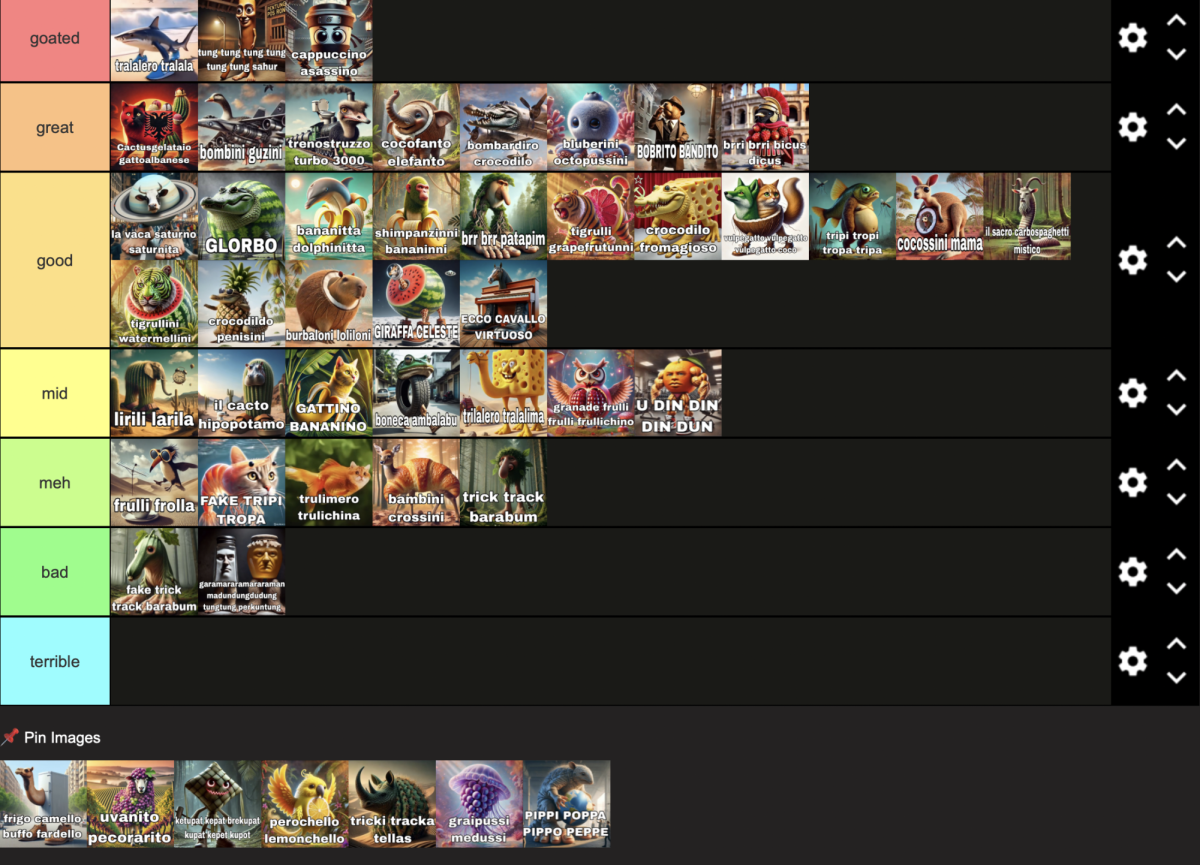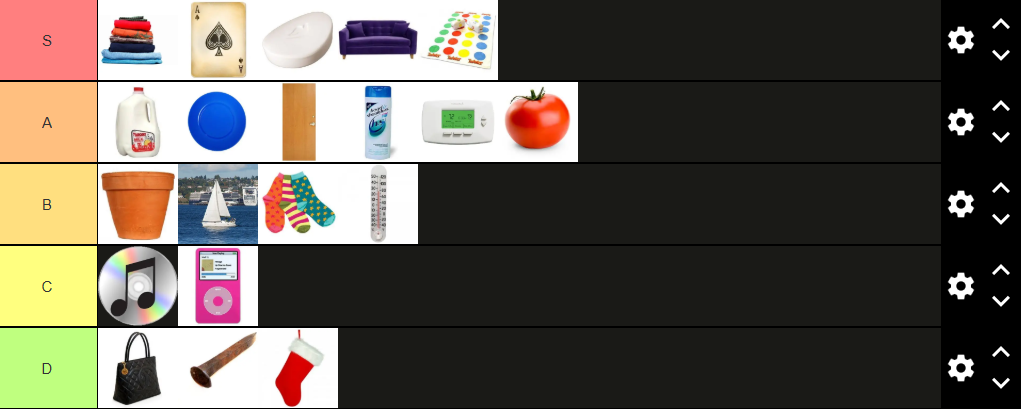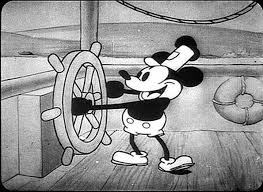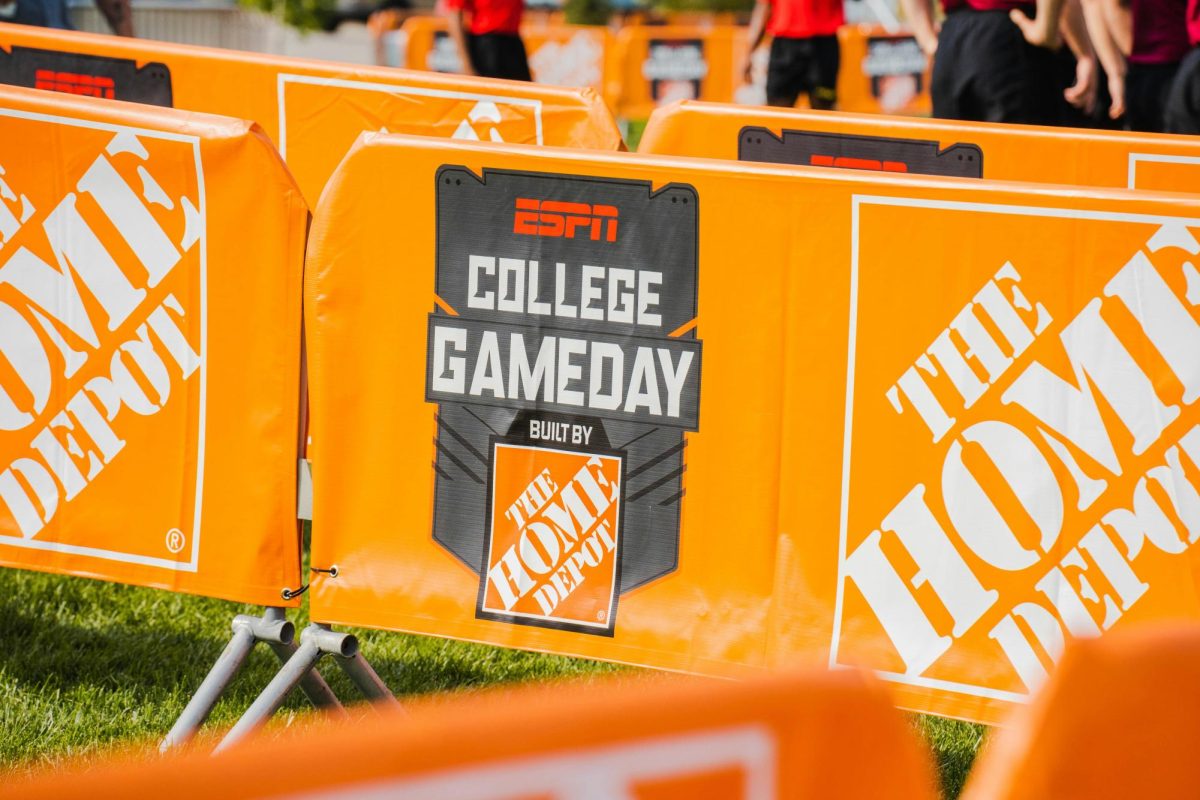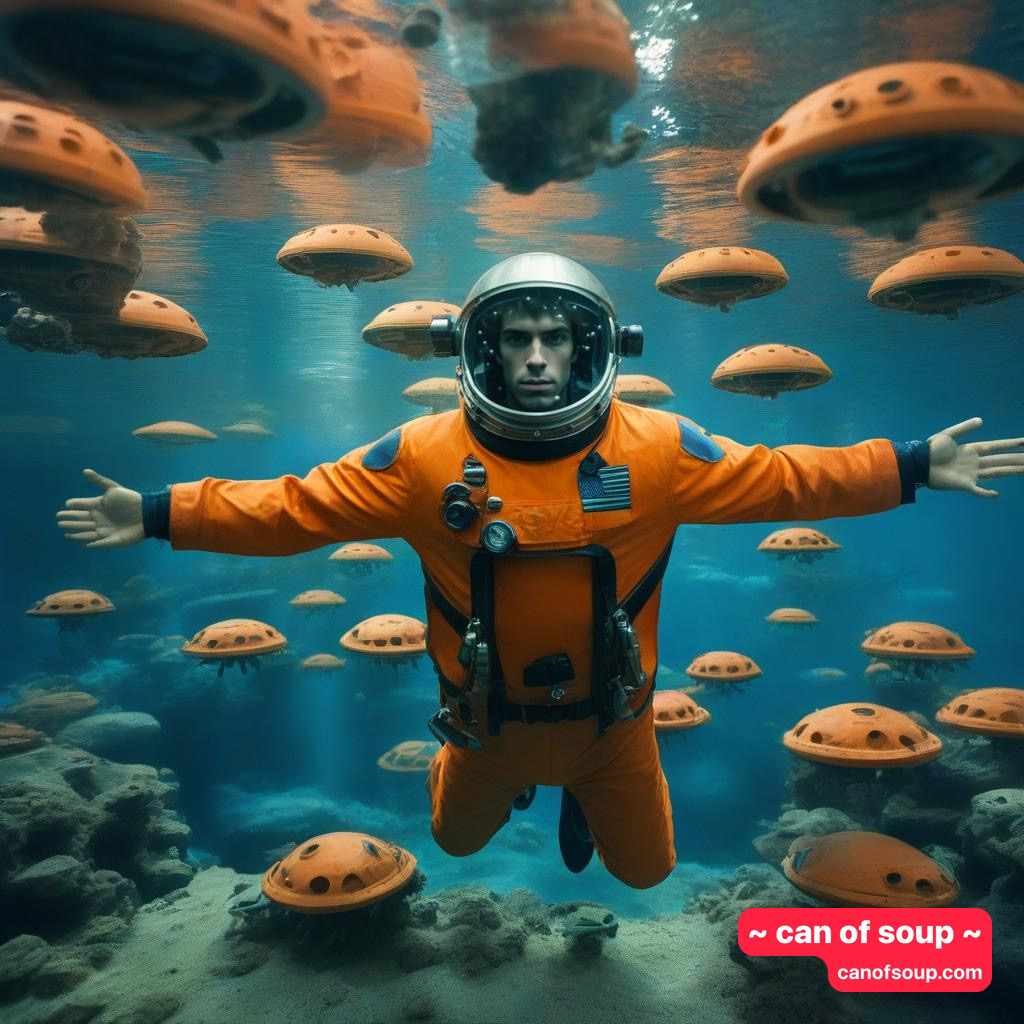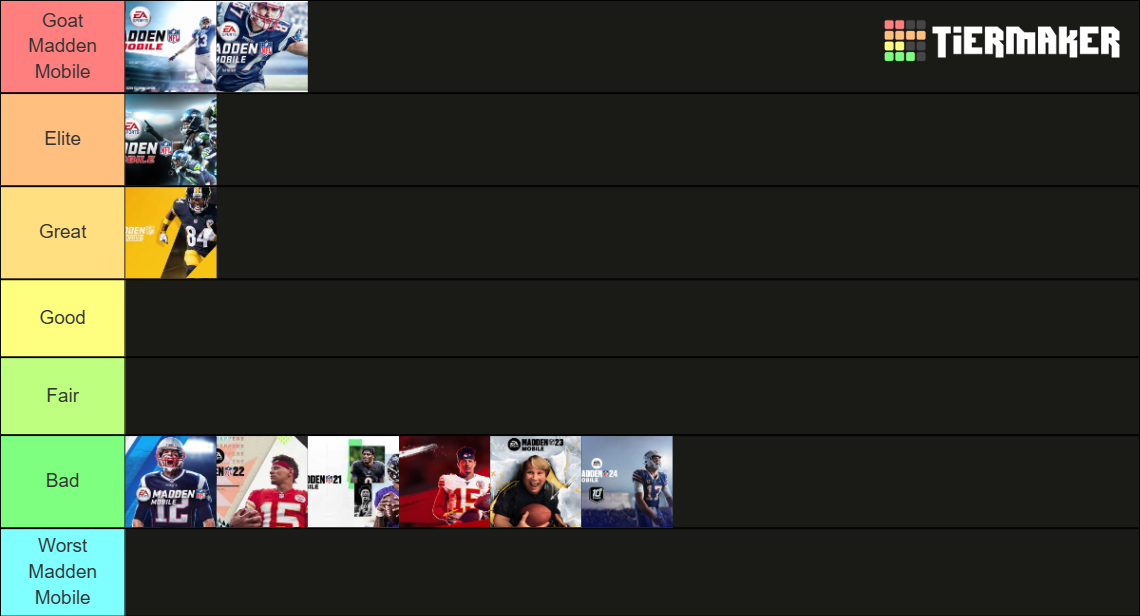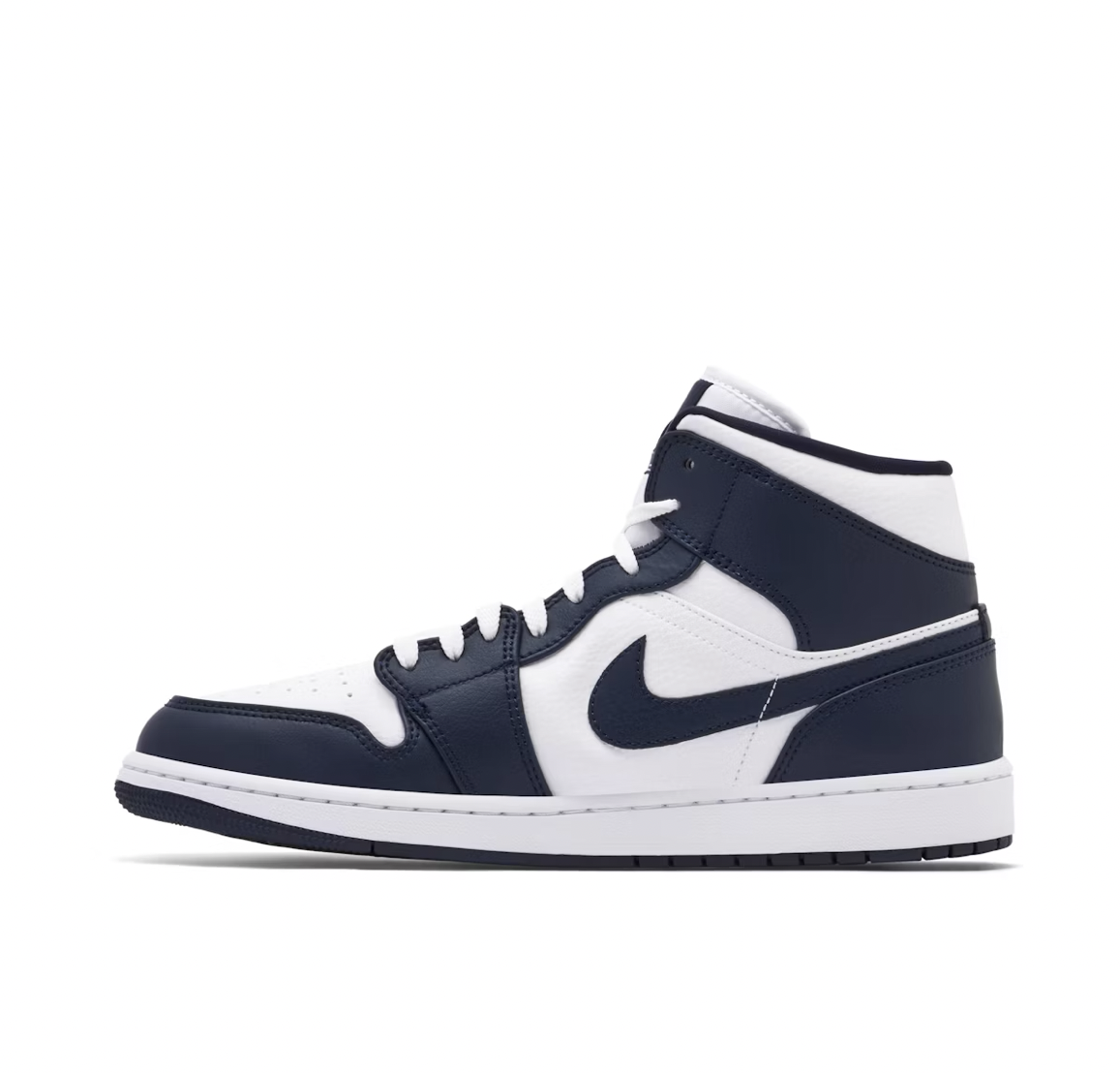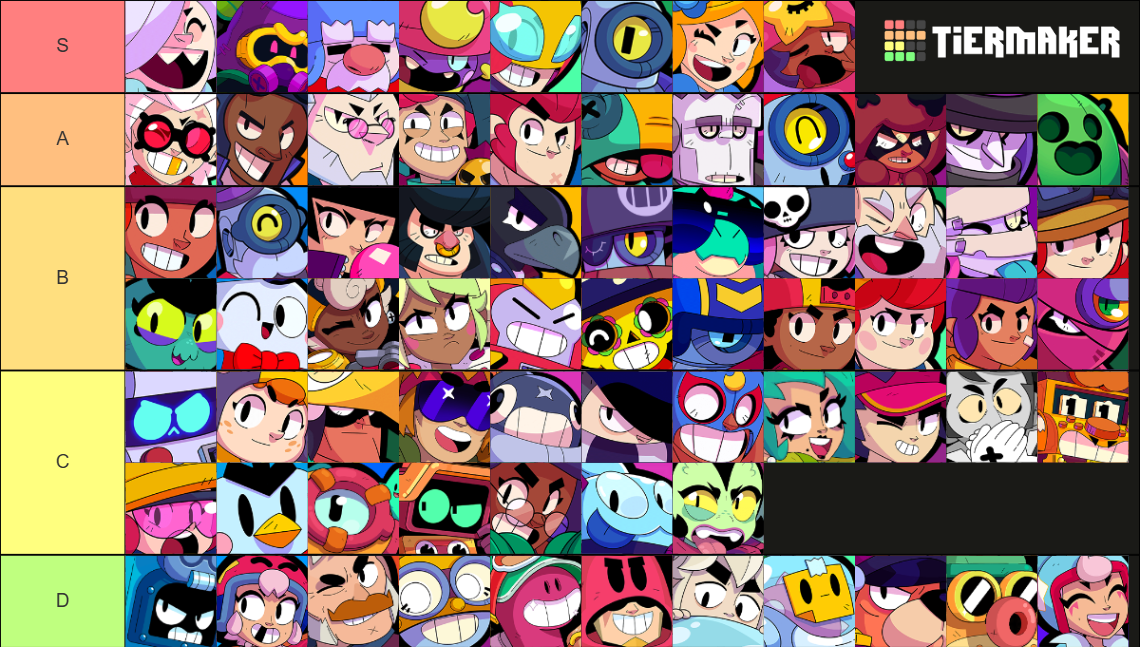On January 19th, the fate of a once-beaming American institution seemed to fall away in darkness. It was announced that the Arena Group, the parent company of Sports Illustrated, would be laying off the entire writing staff. It seems in the age of the internet and high-speed information gathering, nothing is certain anymore in the dying world of magazines. The potential death of Sports Illustrated is just another casualty of the efficiency of the internet. It’s a real shame.
Sports Illustrated for almost 70 years made itself into a staple of Americana. Once a magazine that tailored itself to covering ritzy sports like yachting, golf, and polo, SI became the everyman’s magazine. Every week, sports fans like myself could expect a new SI in their mailbox chalked full of exquisite long-form journalism. I have been subscribed to Sports Illustrated since I was in middle school, and it became a very formative influence in my life. The reason I wanted to start writing? I wanted to write for SI. Writers like Tom Verducci, Andy Staples, and Pat Forde are all favorites of mine. Forde’s latest profile on Deion Sanders’s first season as Colorado Buffaloes coach was, in my opinion, one of the best articles SI produced in all of 2023. I highly recommend it to anybody who loves college football and wants to learn more about the inner workings of a Coach Prime-led program.
With Sports Illustrated falling by the wayside, I feel as though the art of long-form sports journalism may also be floundering. Now this is not to discredit the work of sites like SB Nation and The Athletic. SB Nation is a much more niche and fan-driven site, but it has been home to some of my favorite sports content. The writers at SB Nation aren’t afraid to voice their opinions and get kind of kooky with their writing styles and artistic choices. Their accompanying YouTube channel, Secret Base, has quietly produced some of the best sports documentaries this decade. Seriously, if you have seven hours to kill, watch their “History of the Atlanta Falcons” series.
The Athletic is probably my choice for who can properly replace the magnitude and the influential scope of Sports Illustrated. Started originally as a subscription-based, regional sports journalism site, The Athletic has grown dramatically in just seven years. The site originally made its name by poaching away disgruntled writing talent from much larger media outlets. Ken Rosenthal left Fox Sports for The Athletic in 2017. He became a household name in the baseball world after breaking the Houston Astros sign-stealing scandal in late 2019. Seth Davis, a former writer for SI, was hired by The Athletic to oversee their national college basketball coverage. These are just two of the many fantastic writers now working for The Athletic who had made their name at a more “traditional” media outlet.
The Athletic is not without its flaws, however. A major criticism of the website is that founders Alex Mathers and Adam Hansmann wanted to destroy local sports journalism. As they told the New York Times in 2017 “We will wait every local paper out and let them continuously bleed until we are the last ones standing.” Though The Athletic was started to combat the traditional and plain sports reporting of prior generations, the website was bought out for $550 million in 2022 by the New York Times. As Bryan Curtis of The Ringer pointed out, The Athletic, its vibe, and core practices, are no different from a traditional newspaper. They still have limits for stories and follow traditional beat-reporting practices of local teams.
This is more of a personal thing, but I can’t read The Athletic or SB Nation in the same way I always read Sports Illustrated. For one, SI is a magazine, and I like holding the actual magazine in my hands. It’s like reading a book. It’s a small thing, but for me it’s important. The Athletic also makes content every day and it’s just the typical ESPN-style quick reads that I can find for free on…ESPN. While the online wing of Sports Illustrated is very similar to an aggregate sports news site like ESPN, the magazine felt like the culmination of a long process. The pieces featured had been labored over, tinkered with, and perfected before being put in the actual magazine. That to me made SI feel far more authentic than some of its competitors.
I write all this because I am scared not just as a fan of sports but as a fan of writing. Sports Illustrated wasn’t just your average rundown of the scores you could find in the paper or on Google. It was less New York Times, more New Yorker. Long-form journalism is something that I fear is going missing in the world of the internet. There is hope that Sports Illustrated will live on, but right now it is rather grim. I hope SI makes it through the hard times because sports aren’t the same without Sports Illustrated.





